If a person has already taken his car seats to the dry cleaner more than once, then this is a reason to think about buying special covers. They can not only protect the seats from dust and other dirt, but also protect them from the mechanical impact of certain factors. You can buy them at any car store, but it is much more profitable and interesting to sew them yourself. This is the only way to know for sure that the material is selected with high quality, the sewing work is done well and conscientiously.
Moreover, you can independently select the color to your taste or to match the style of the car. In addition to covers, you can also make an awning that will protect the car from ultraviolet rays, better than the sun, from rain and will not allow it to heat up. The most important thing is that you will not need any super skills of a tailor or seamstress to work. Today we will tell you how to sew covers for car seats with your own hands, what a pattern for car covers with your own hands is and what patterns are suitable for car covers.
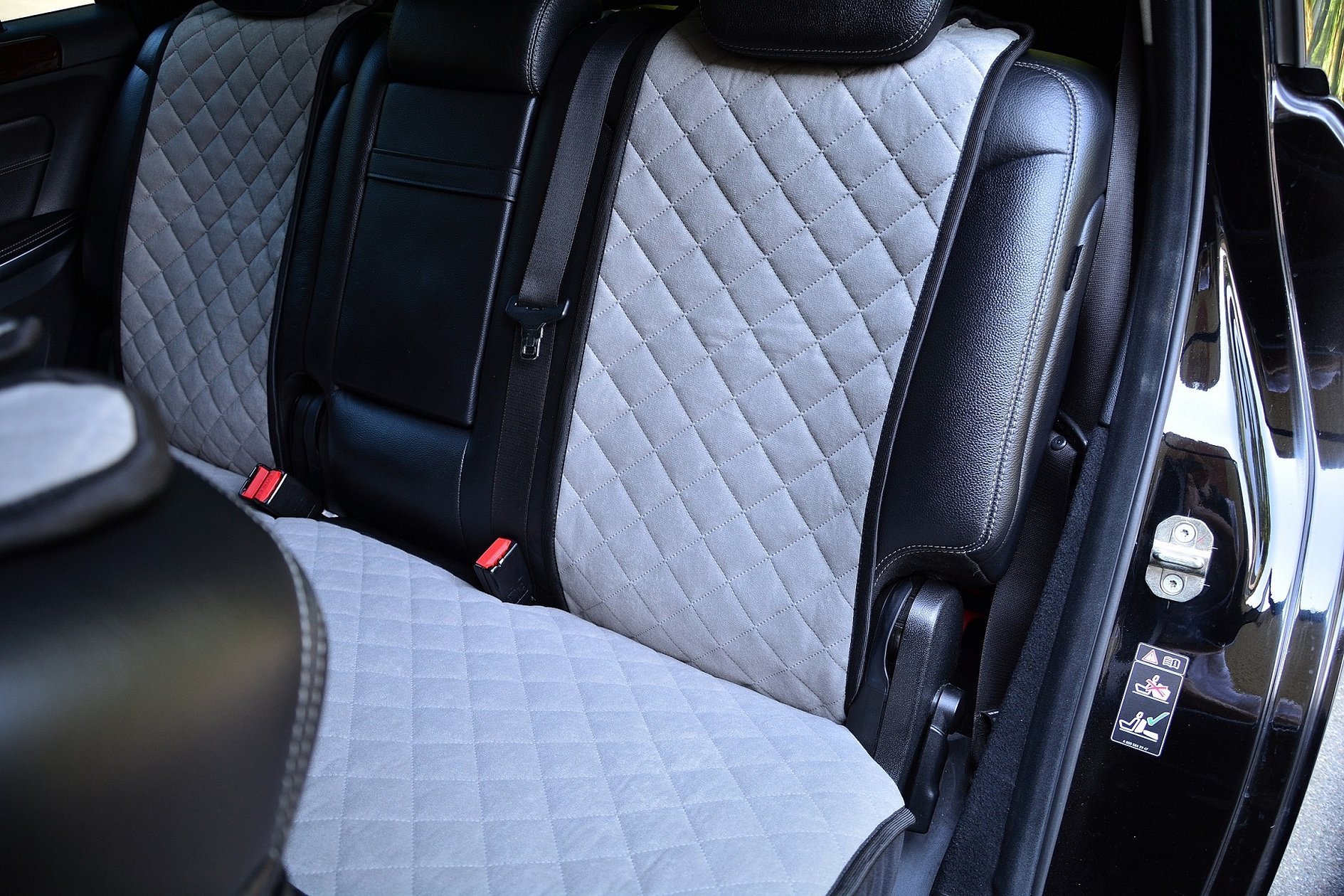
- Why do you need chair covers?
- Selecting the type of case
- T-shirt cape
- Model type covers
- Knitted accessory
- Massager case
- Heated covers
- How to choose a material
- Tools and materials
- Making a case yourself
- Taking measurements for a future car cover
- Nuances of a pattern for a car seat
- Assembly instructions
- Tips and tricks
Why do you need chair covers?
The seats of any used car get dirty quickly. The more often the car is used, the faster and more intensely this happens. This manifests itself in dust, greasy stains from food, crumbs. Because of this, as well as frequent washing, the seat and its cover can become absolutely unattractive in appearance. You can protect yourself from all this with the help of special capes, that is, covers. Such car covers have many advantages:
- Protection of car seats from dirt, scratches and cracks;
- Prevents seats from fading in the sun due to ultraviolet rays;
- Easy cleaning of dirt, especially dust;
- Easy to assemble and disassemble for washing or dry cleaning;
- Creating a unique, cozy atmosphere in the car interior;
- An expression of the driver's personal individuality and tastes.
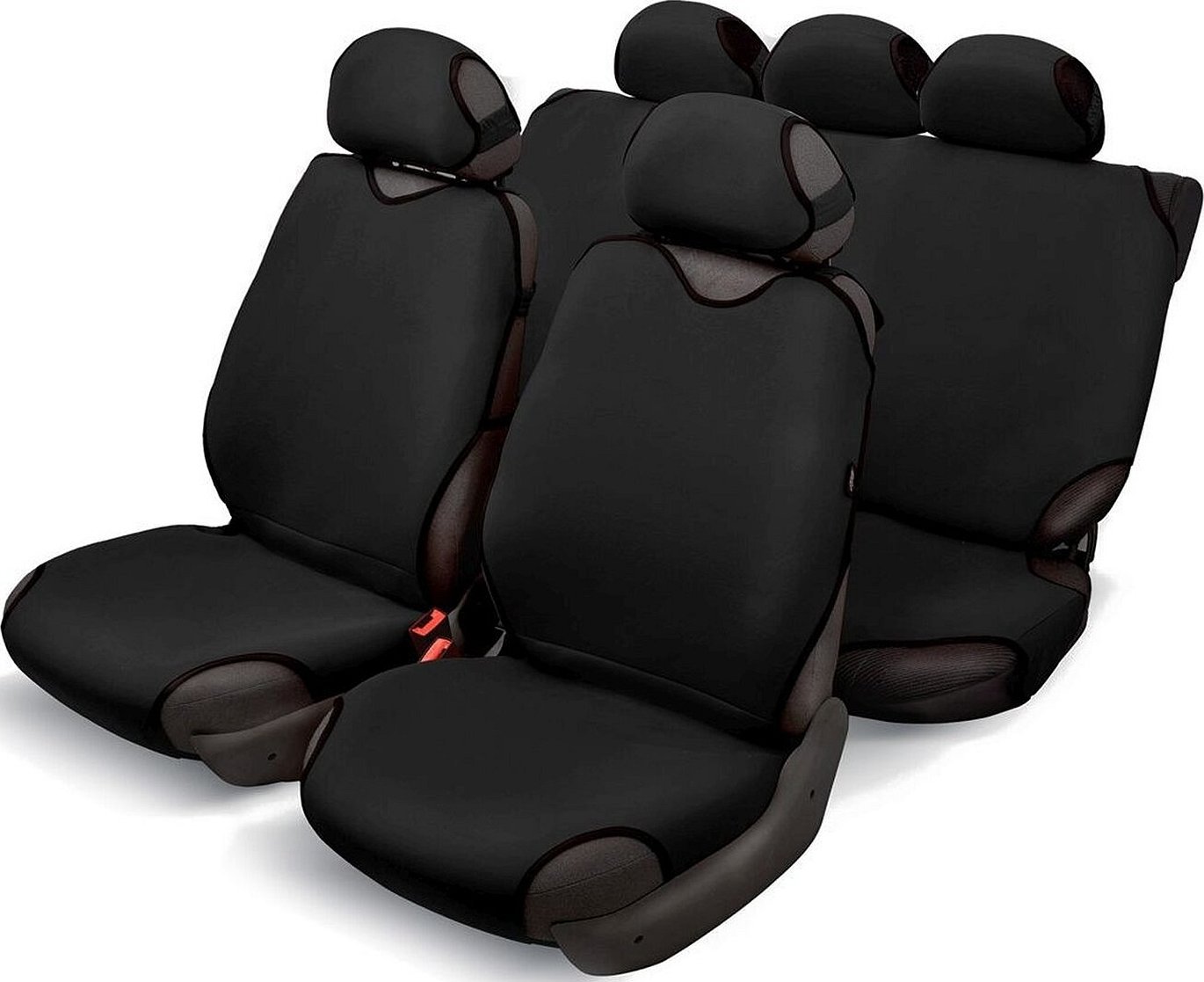
Important! You can take the time to make several “collections” of covers with your own hands, to suit your mood, weather or time of year.
Selecting the type of case
First, you need to decide what kind of product you need and what it will be. Car seat covers can be divided into several types. They will be discussed in more detail below. Among them:
- T-shirt-cape;
- Model type cover;
- Knitted accessory;
- Massager case;
- Cover with heating.
T-shirt cape
This is the most popular and versatile type of car seat covers. It is called so because its style resembles a kind of sleeveless men's undershirt. It often leaves the corners, sides and top of the seat open to dirt, but protects the main areas: the back and the seat itself. It is due to the fact that it is easy to remove, put on and wash. It is comfortable to sit on such a cover at any time of the year: in winter it is not as cold as leather, and in summer it is not as heated by the sun. If you choose the color and design correctly, you can stylishly decorate the interior of your car or, on the contrary, hide covers of an almost identical color to the interior.
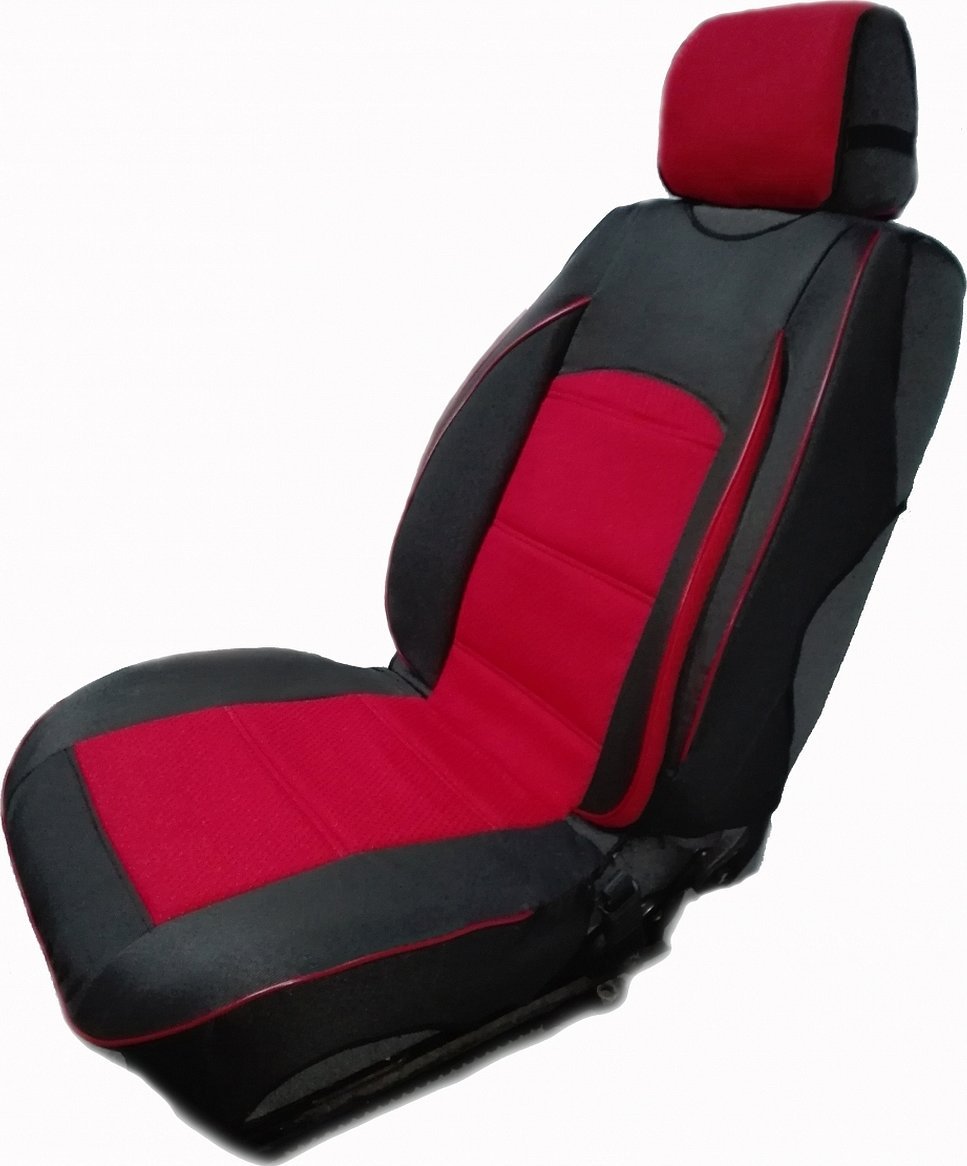
Model type covers
Such products are made specifically for each car in a special studio or store. They fit perfectly on the surface of the chair and repeat its shape. They are quite expensive and difficult to remove. Despite all this, their appearance is amazing.

Knitted accessory
Externally, it resembles a T-shirt cover, but it is made not of fabric, but of yarn. To create one yourself, you need to have extensive experience in crocheting, many meters of yarn and good patience. All this will pay off in full, because only a knitted warm cover will give the car interior an incomparable home comfort and peace.
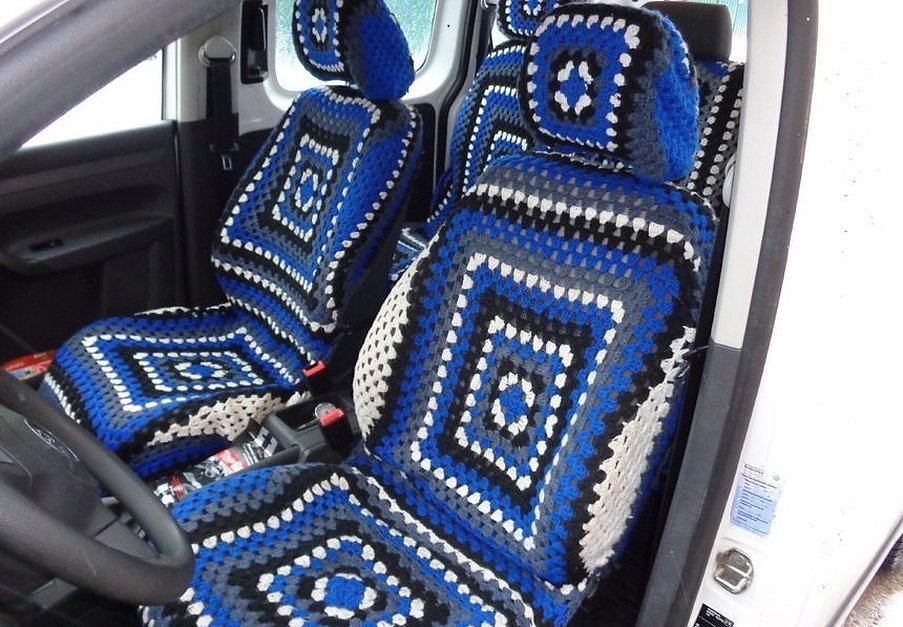
Massager case
This type brings not only spiritual benefits to the body, but also physical ones. The original appearance and the function of massaging the buttocks and back are the main functions of such a product. The back of any person experiences great stress during the day, and if he spends a lot of time behind the wheel, then it also becomes curved and numb. Not everyone has the time and opportunity to go to a doctor and massage therapist. This is where massage capes come into play, which are divided into active and passive.
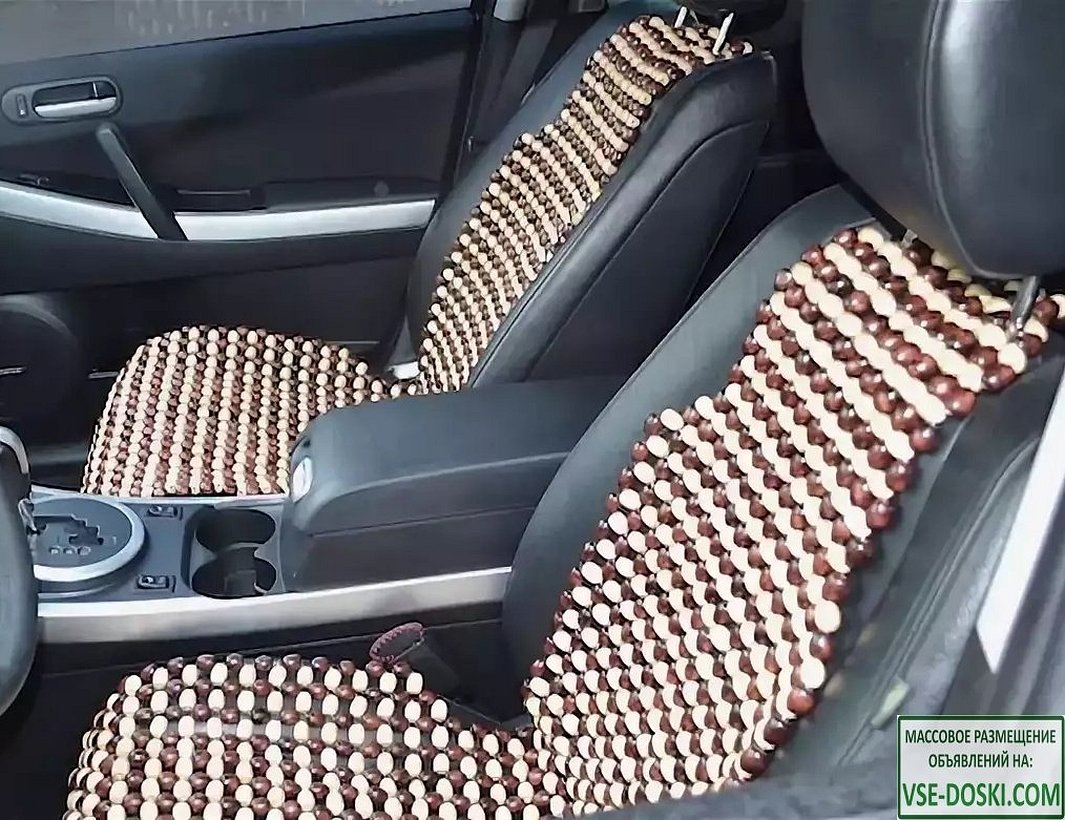
Passive ones can often be found in old cars like VAZ 2109, 2110 and others. They are capes made of balls that spin and massage the driver and his passengers' backs. Modern technologies have gone much further and people have started using active and soft massagers on the remote control. They are simple convex T-shirts with a built-in vibration and massage mechanism.
Important! In such cases, you can set your own operating mode and intensity. The products can be connected to a regular cigarette lighter or a special connector.
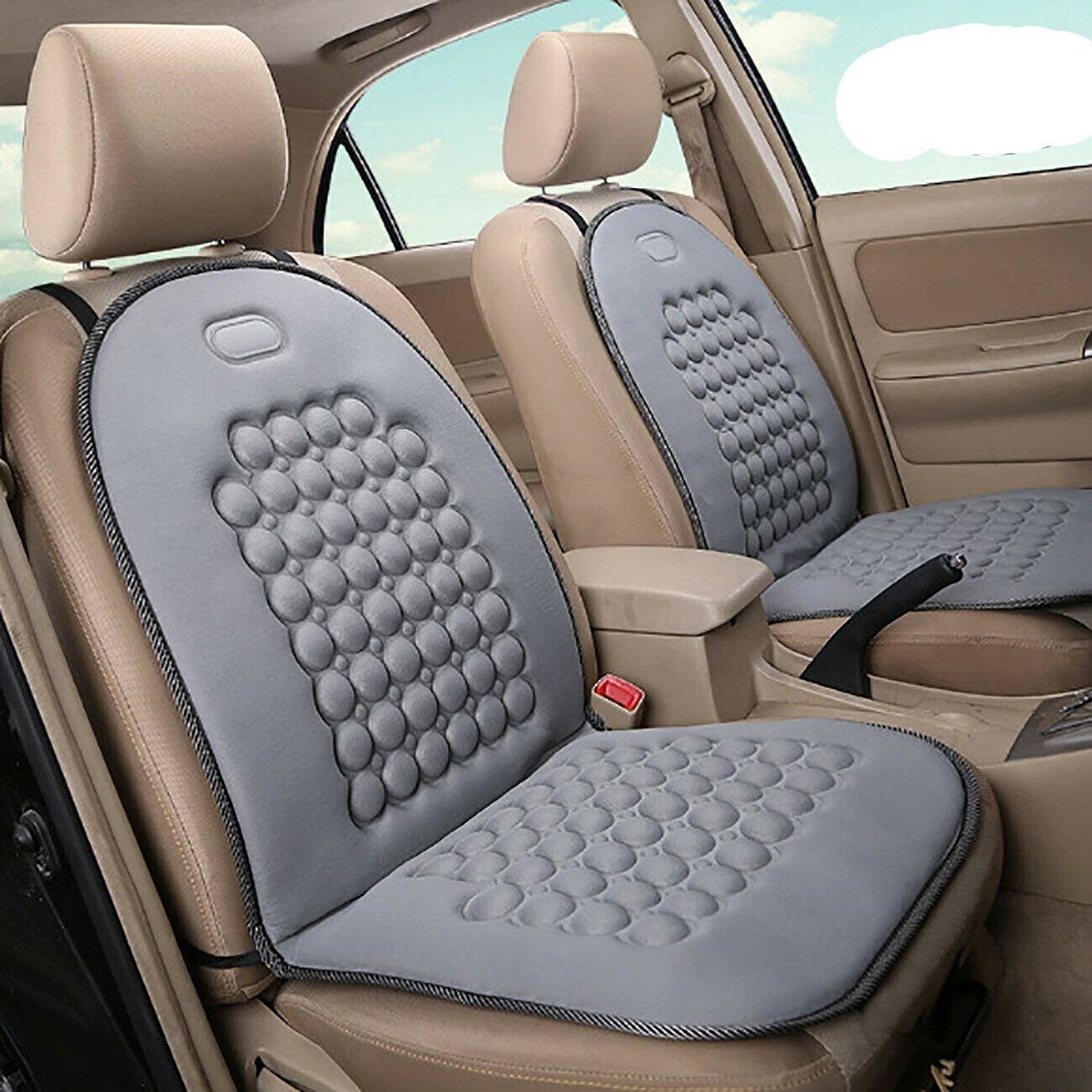
Heated covers
You can't ignore heated covers. They look absolutely the same as capes or active massagers, but have a well-known useful function. Such car covers can provide a comfortable ride even in the coldest weather. They are often combined with massage devices and then maximum comfort is created.
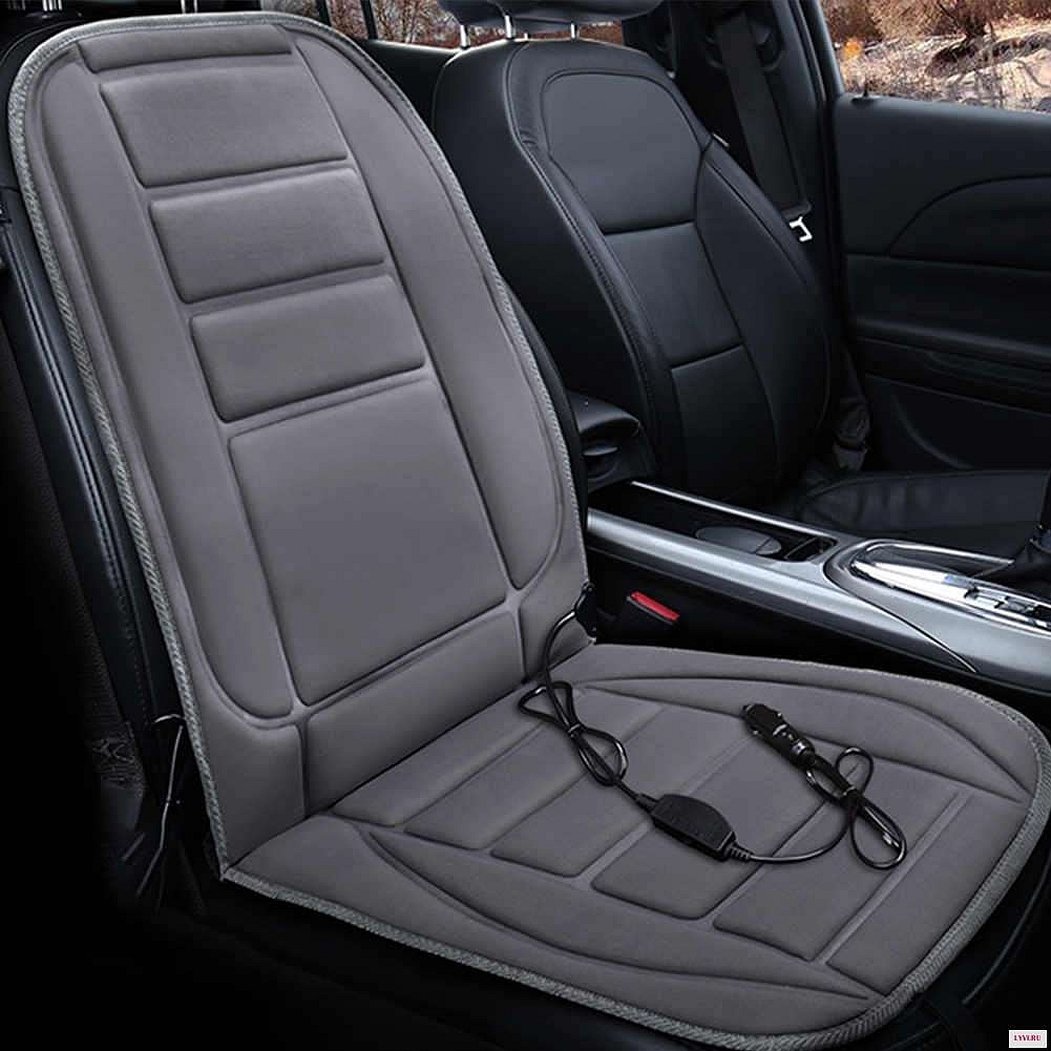
How to choose a material
Step number 2 - choosing the right material. Fortunately, the fabric market for these purposes has a huge number of variations. Each material has its own unique properties, advantages and disadvantages. You should choose not only based on your personal preferences and price, but also based on the overall color scheme of the car. The most popular fabrics can rightfully be considered:
- Genuine or artificial leather. The most common option, as it looks expensive and stylish, but in fact it may not cost much. If you properly care for such a cover, it will look perfect for years and protect the seats from external factors. The downside is obvious: genuine leather is expensive, but even it does not provide warmth in cold weather;
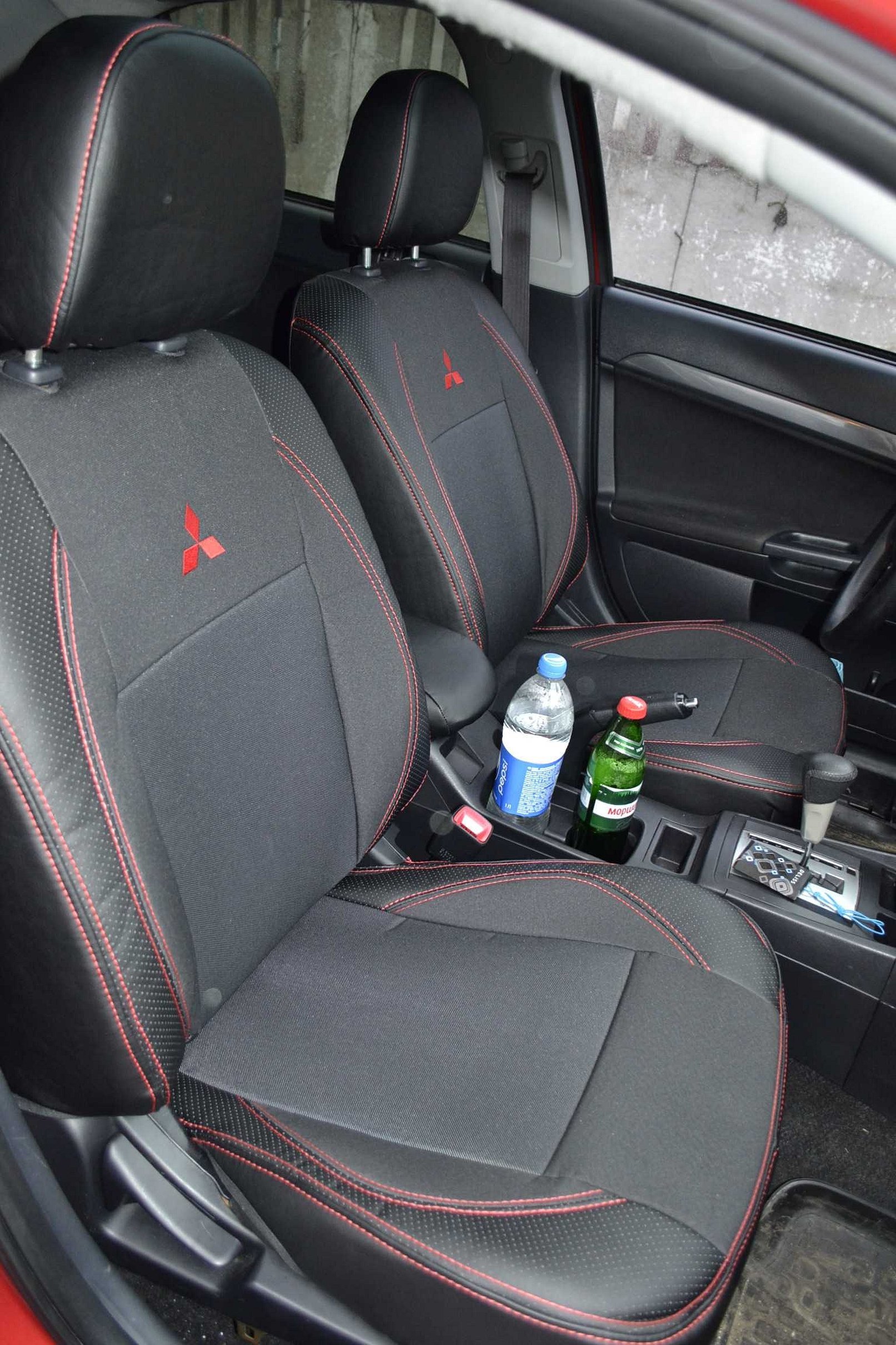
- Natural or artificial fur. These accessories are free from the disadvantages of the first type, as they retain heat very well. Of the natural options, preference should be given to sheep and goat wool. Artificial fur does not retain heat as well and often serves only a decorative function;
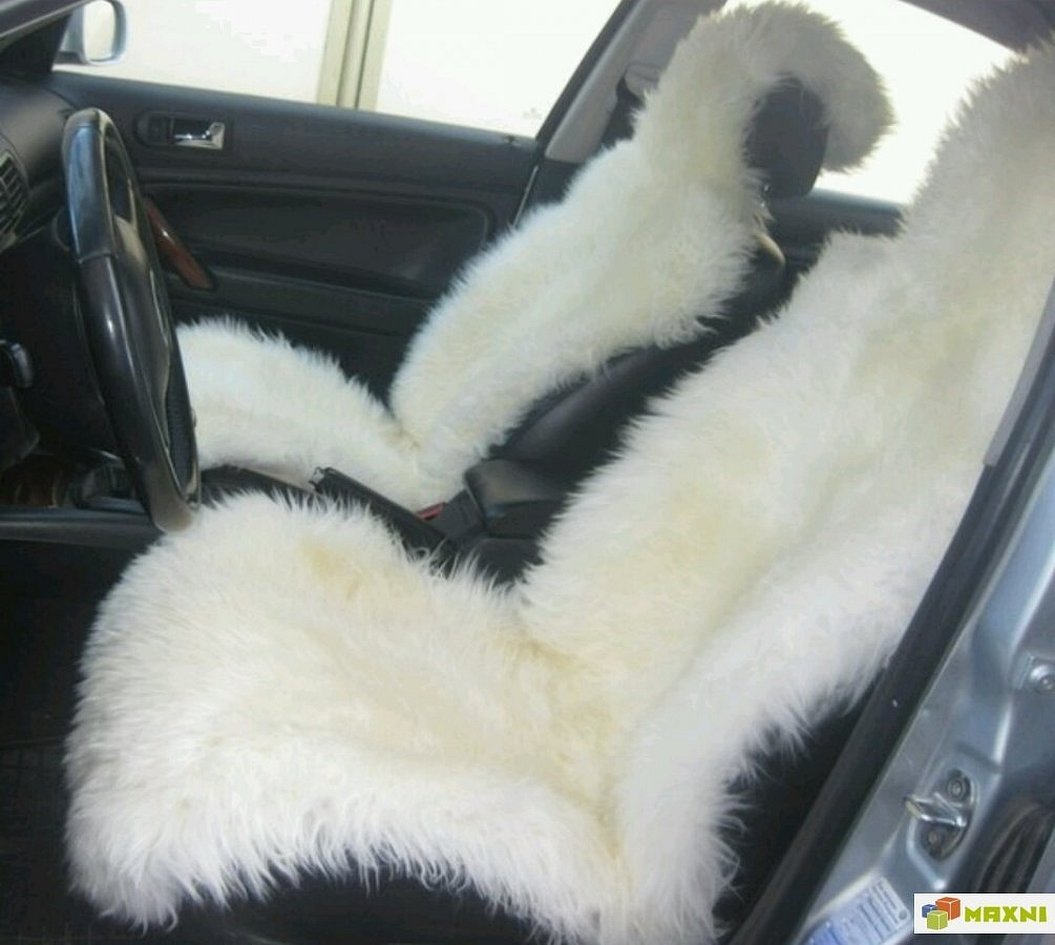
- Velour. A simple and economical option. Its main advantage is that it maintains a neutral temperature in any weather. Proper care will be simple and will preserve the good qualities of the fabric for many years;
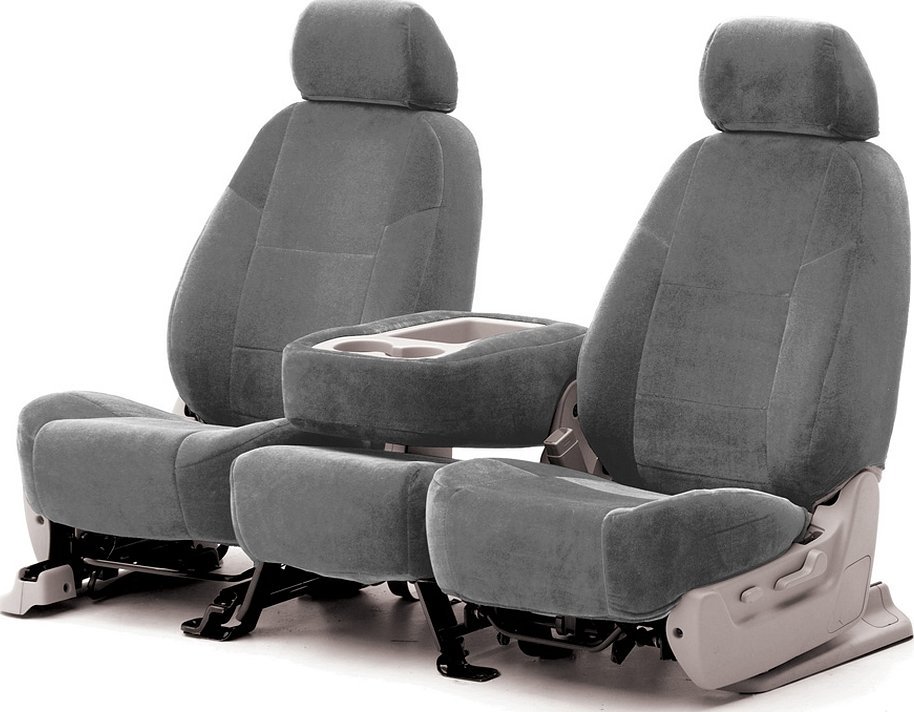
- Neoprene. A practical synthetic material. It looks quite modest and practically does not stand out in any way, both in terms of advantages and disadvantages. Care will help it stay the same as on the first day of purchase;
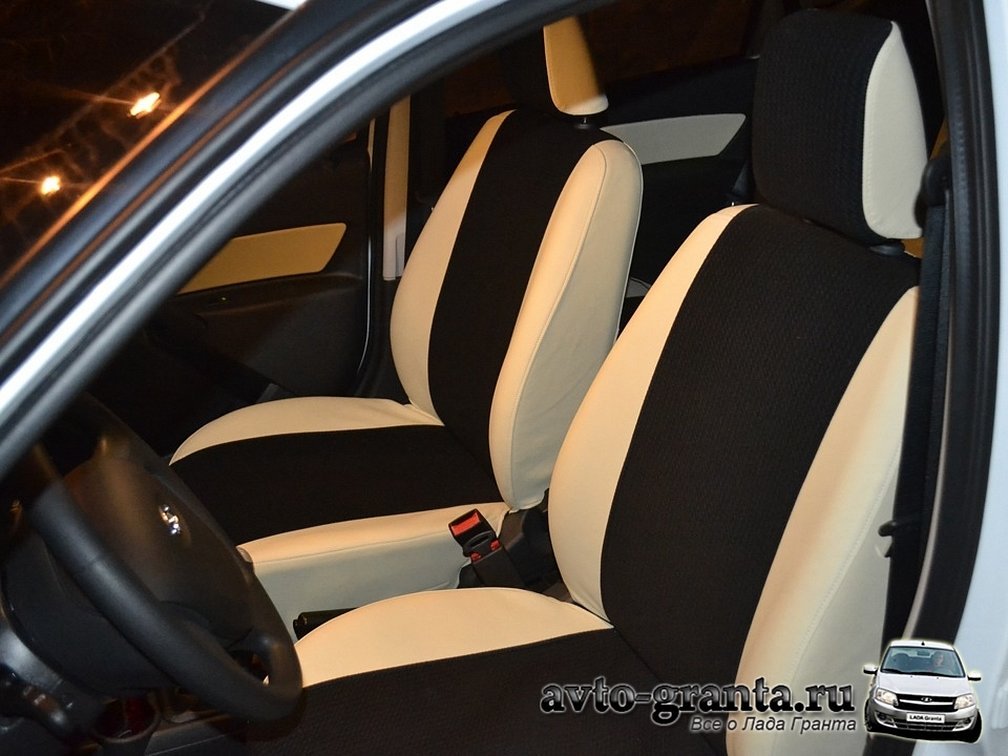
- Polycotton. Semi-synthetic material that combines the main advantages of polyester and cotton. Due to its water-repellent properties, it can be machine washed in any mode;
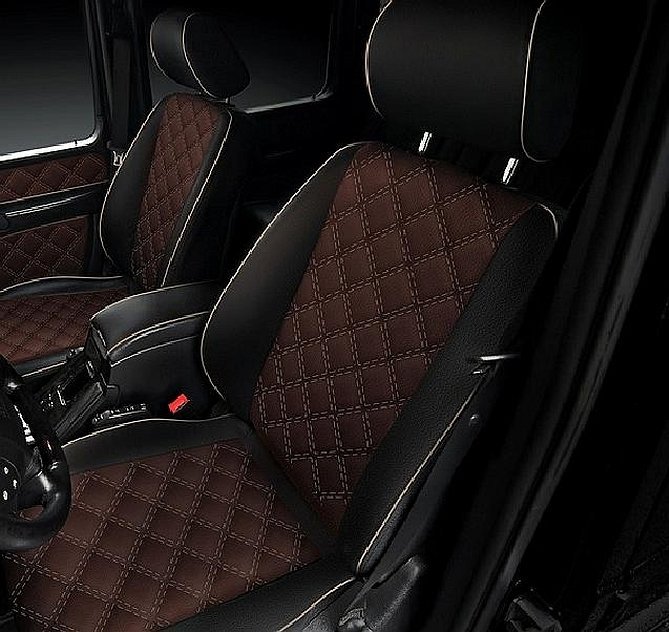
- Vinyl. Pure synthetics, which have proven themselves to be practical and have high performance characteristics. Cleaning does not require special means and modes;
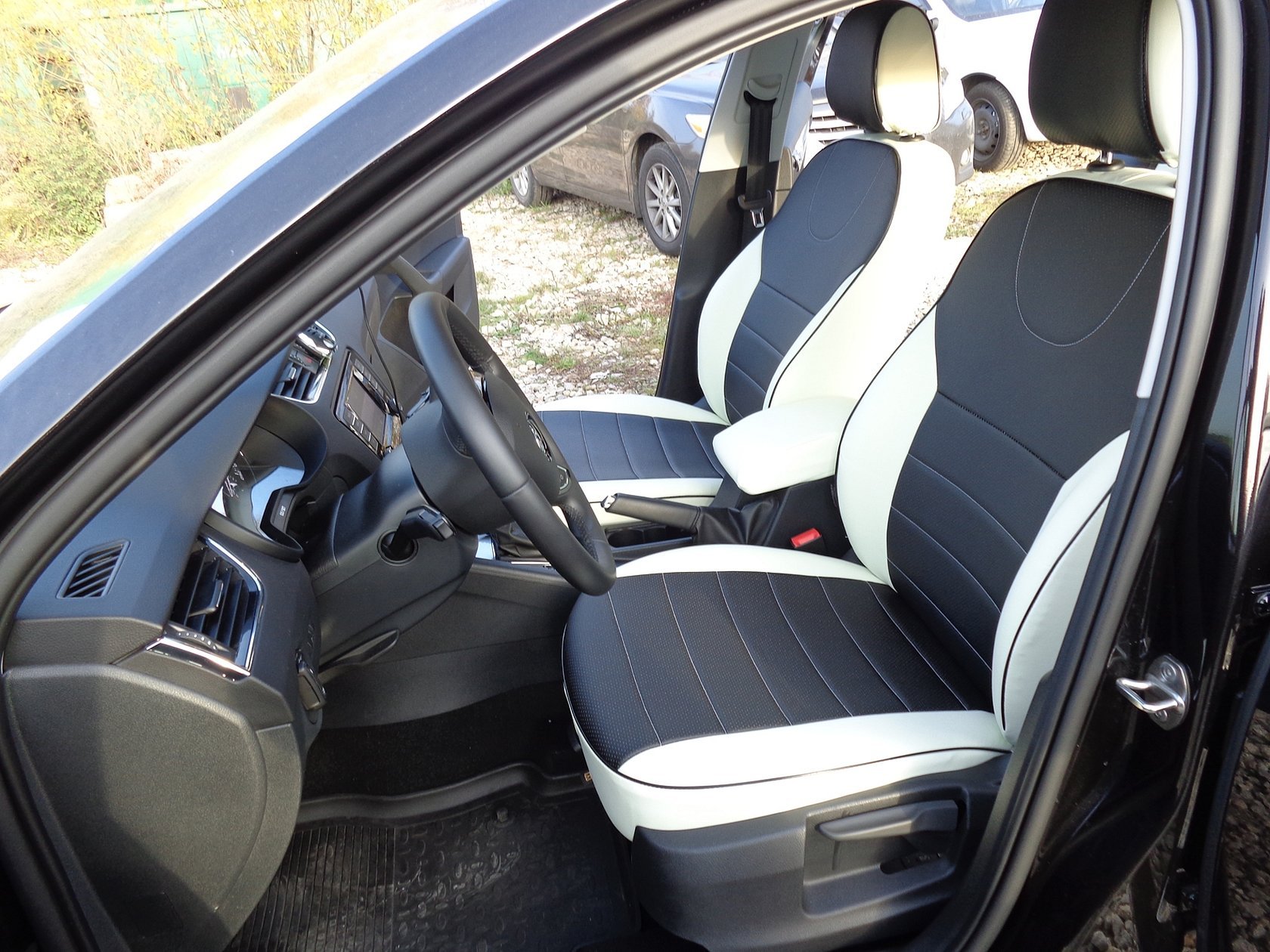
- Suede and its substitutes. Such covers are quite expensive and are not often found. They need to be well looked after, otherwise they will quickly lose their presentable appearance and properties.
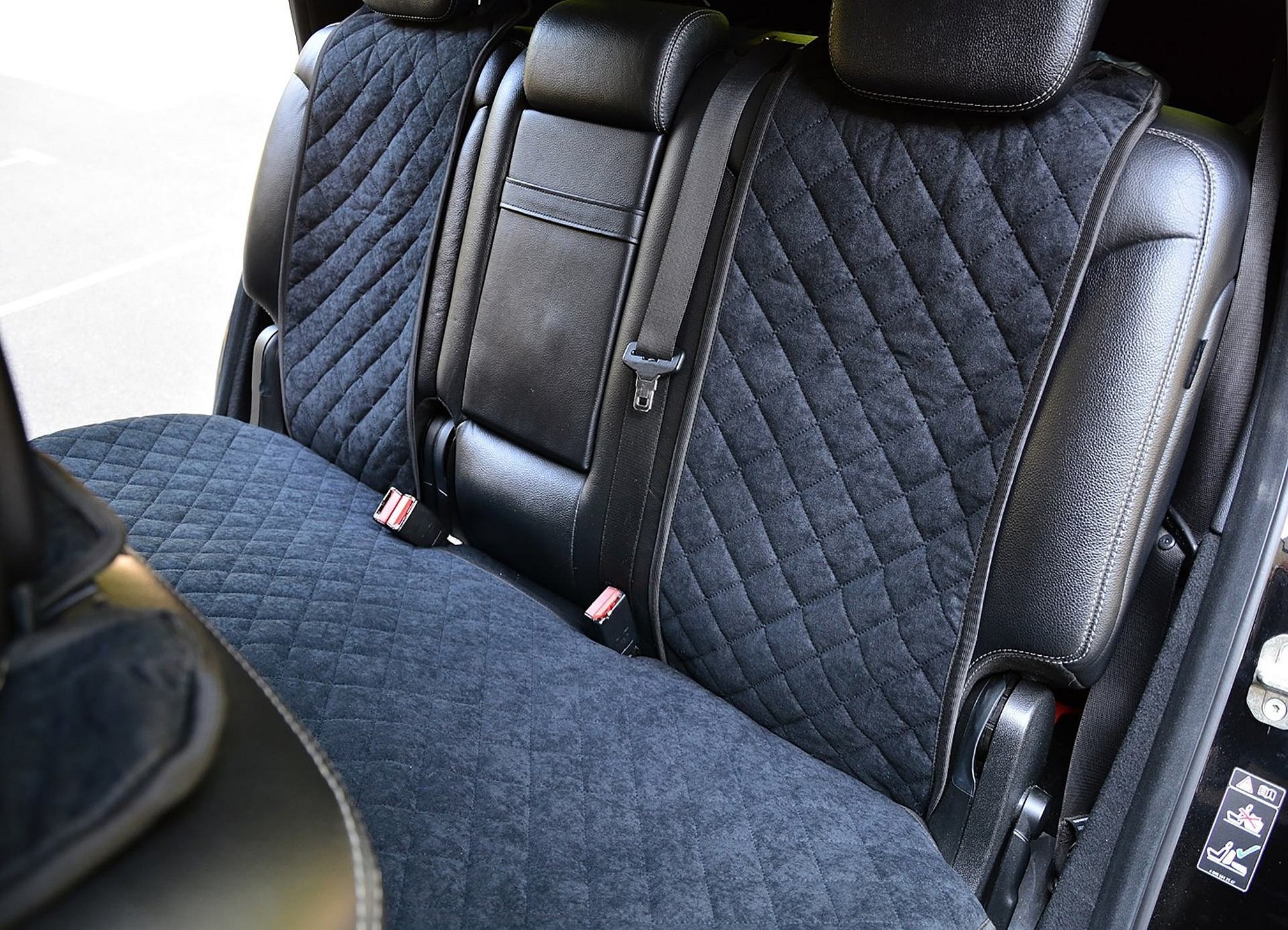
Tools and materials
Before you start working, you need to prepare the following tools:
- Tailor's scissors;
- Fabric glue;
- Sewing machine;
- Centimeter or ruler;
- Fabric and materials;
- Hair dryer and iron;
- Tools for removing chairs and old accessories;
- Awl for making from leather.
Important! Depending on the type of cover and car, the list of tools, equipment and materials will vary, but only slightly. In general, this should be enough to make a cover for a car.
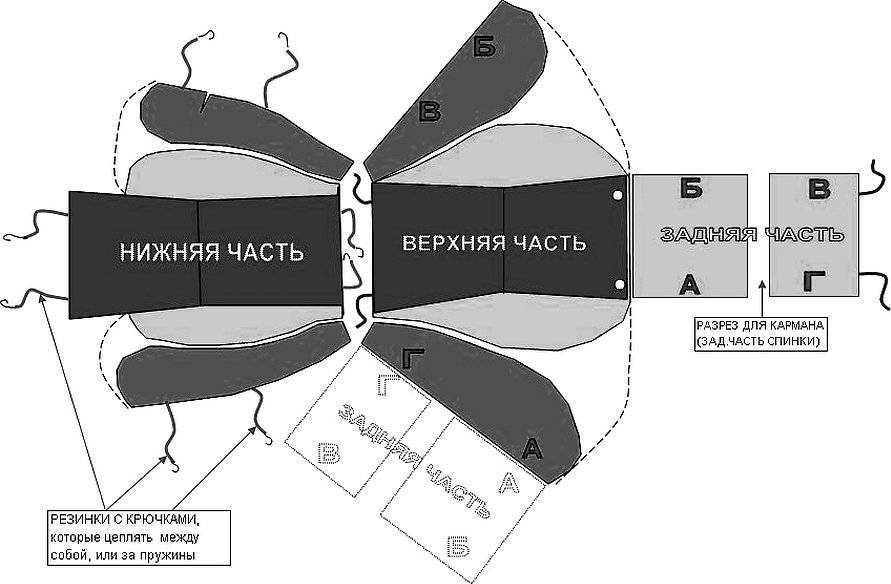
Making a case yourself
Sewing by hand is not something impossible or difficult. It can be done without any special tailoring skills. The process itself is divided into several stages:
- Selection of style, type and material of the cover;
- Taking all measurements;
- Creating a pattern;
- Direct sewing.
Advice on choosing a material has already been given, so it is proposed to move on to considering other points.
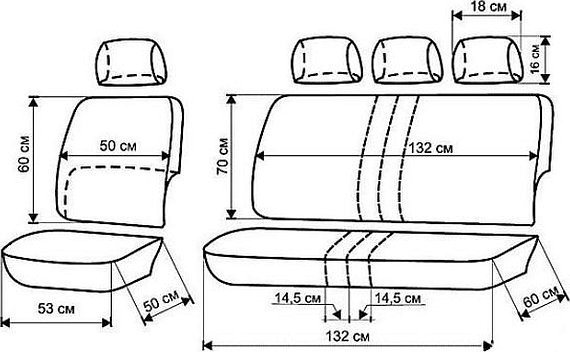
Taking measurements for a future car cover
In all cases of sewing, you need to take measurements first. They include the height and width of the backs, as well as the length and width of the lower cushion. You can use oilcloth that is slightly larger than the seat. It needs to be covered with all the details and transfer the outlines, paying attention to the seams. Then the details are cut out and transferred to regular fabric, which will be used for sewing.
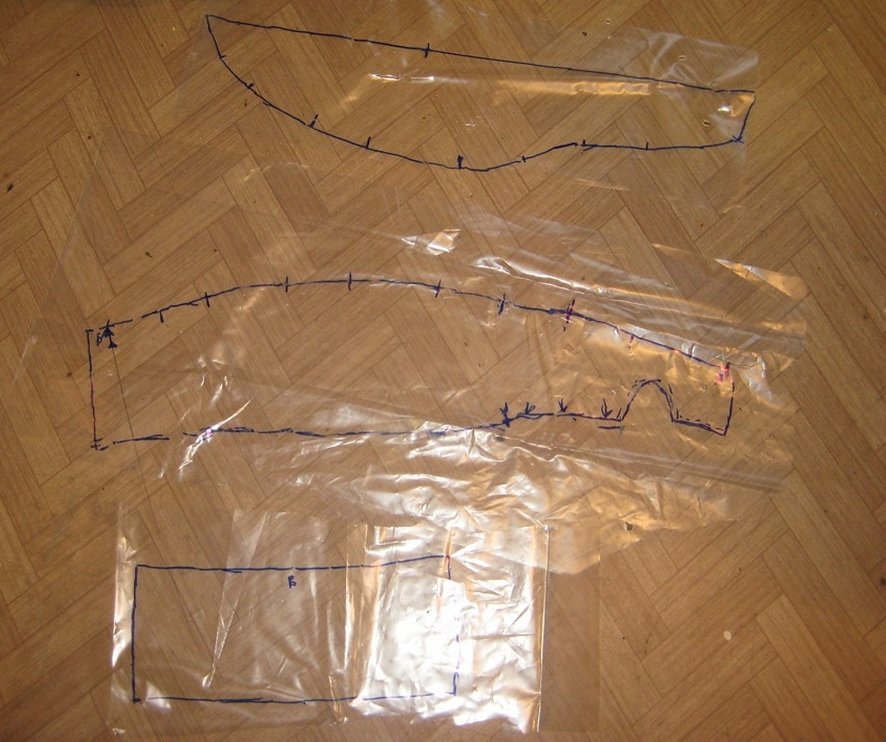
Nuances of a pattern for a car seat
The sewing process has a number of nuances and consists of the following steps:
- Take the oilcloth or polyethylene blank and transfer it to the working fabric using chalk or a marker. It is necessary to remember about seam allowances;
- Arrange the pieces in such a way as to save the maximum amount of fabric, including allowances;
- Before cutting, cut the fabric into several large pieces to make the work easier;
- Cut out the pattern with scissors or a knife;
- Iron or steam the fabric if it is wrinkled after the cutting process.
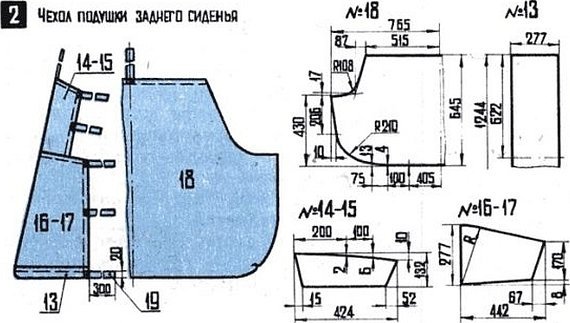
It is worth understanding that the size and shape of the covers will vary greatly depending on the size of the seats and the make of the car. Despite this, it is worth focusing on the provided drawings and diagrams.
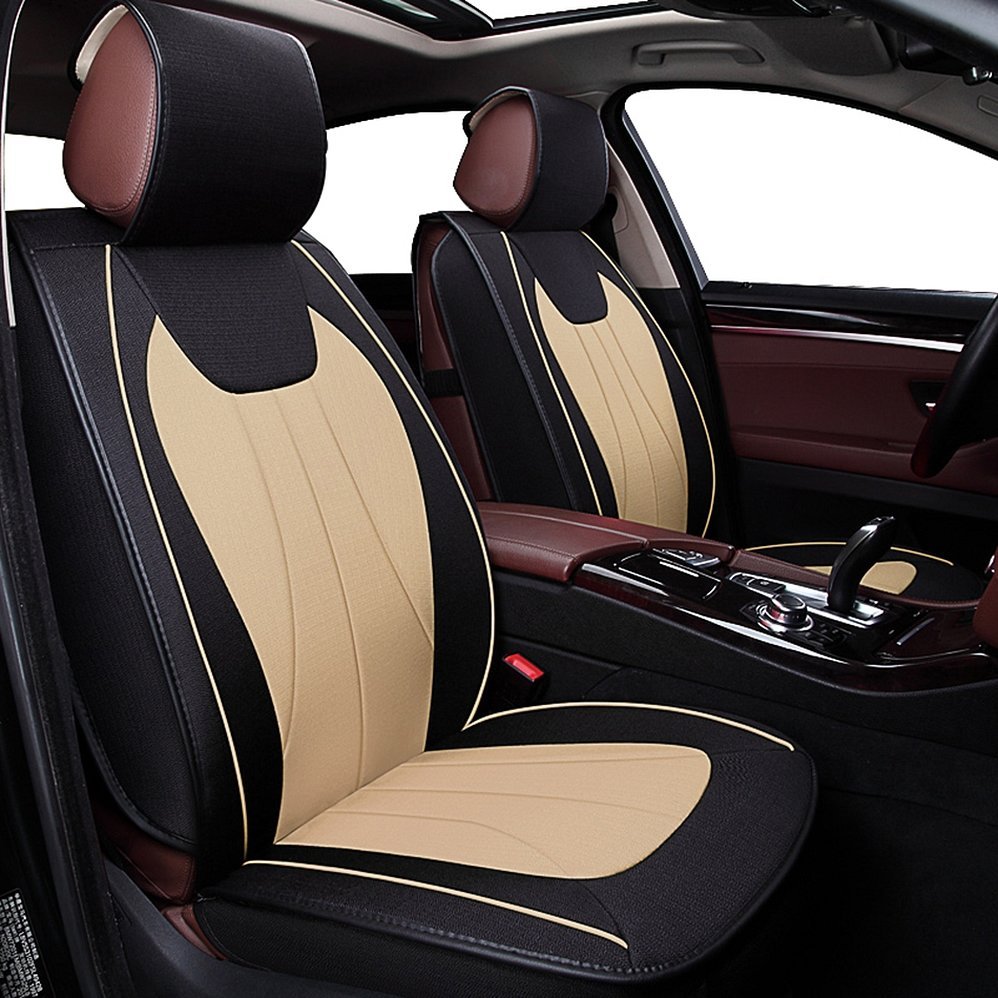
Assembly instructions
After cutting out all the details and other components, you can start sewing them together. Seam allowances were left specifically for this purpose, which will be used for sewing. First, the pieces and details are joined together using special pins or needles, and then fastened with a basting stitch, made by hand. This is done so that if any mistake is made, it is easy to rip the seam and redo the work, make adjustments.

If there are no defects and everything is done correctly, then you can start working with the machine. With its help, you need to securely and carefully sew all the parts. So that the cover is securely fixed to the chair. To do this, you must not forget to sew all the fixing elements in place. They can be elastic bands, garters, belts, hooks, Velcro. To make the seams stronger and more durable, use strips of leather or nylon as a lining under them.
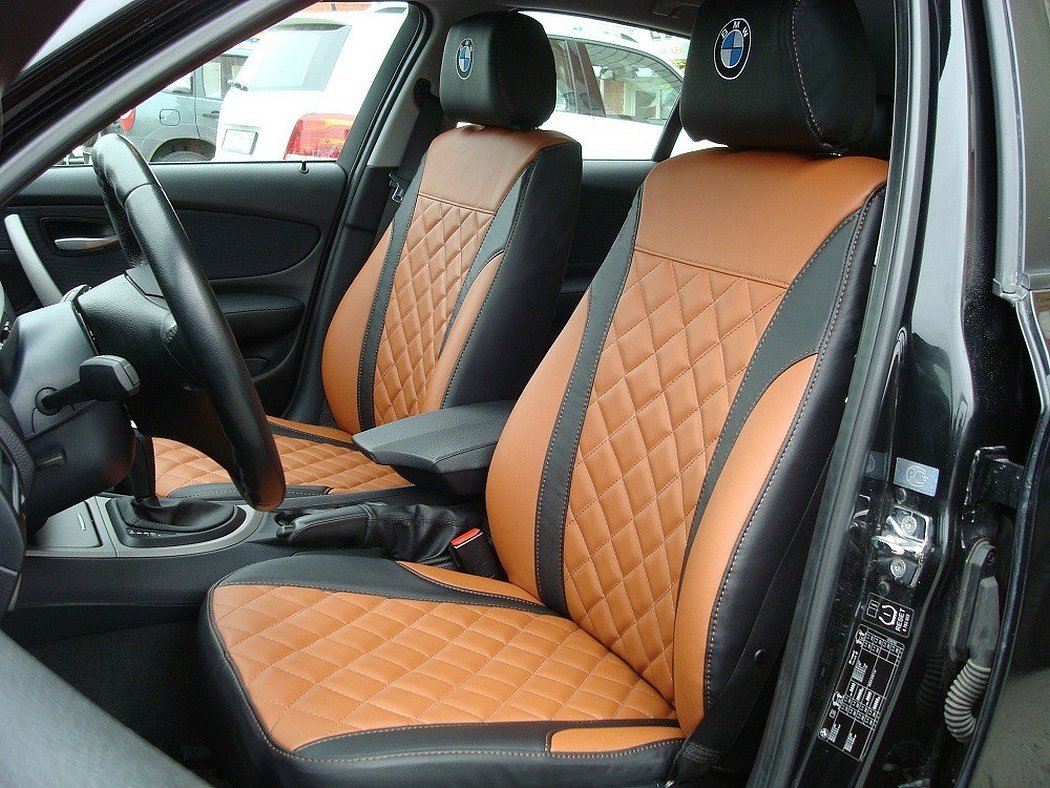
Don't forget about the slots for seat belts or armrests, if any. The products should not interfere with the deployment of airbags in emergency situations.
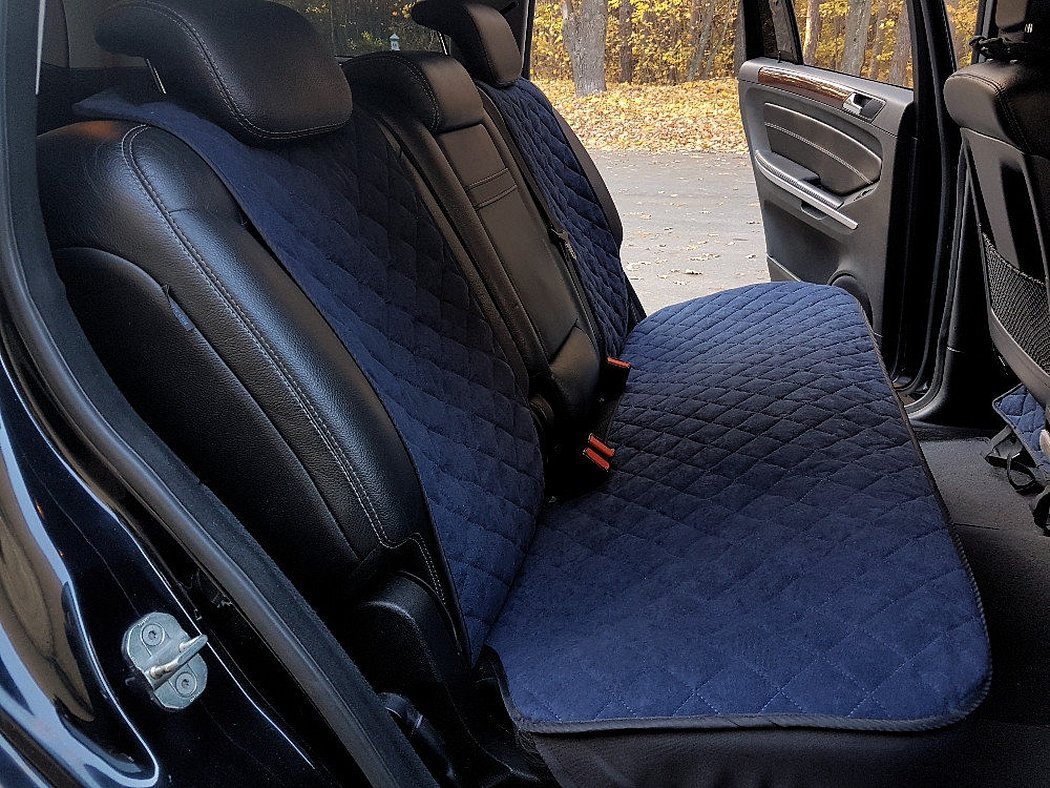
Tips and tricks
Here are some tips to help you get the job done even better and make your products more practical:
- To make putting on and taking off the covers easier and simpler, you should add zippers to the areas that will be on the armrests;
- If the seats can tilt back along certain elements, then regular type covers will not fit under them;
- Some models have airbags located in the backrests. If the covers do not have special slots, the airbags will not open.
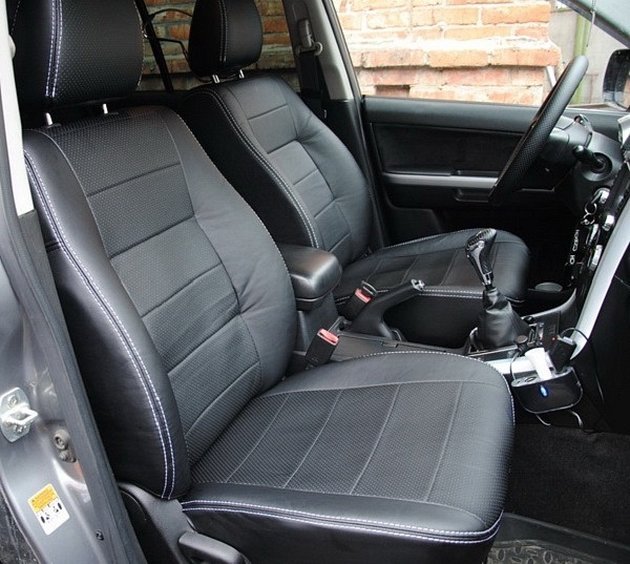
Thus, the question of how to sew a cover for a car seat with your own hands was analyzed, and examples of patterns for car seat covers with your own hands were given. Sewing car seat covers is not difficult. At the level of furniture restoration, installing and sewing car seat covers allows you to keep the seats in order or restore their already damaged appearance.




